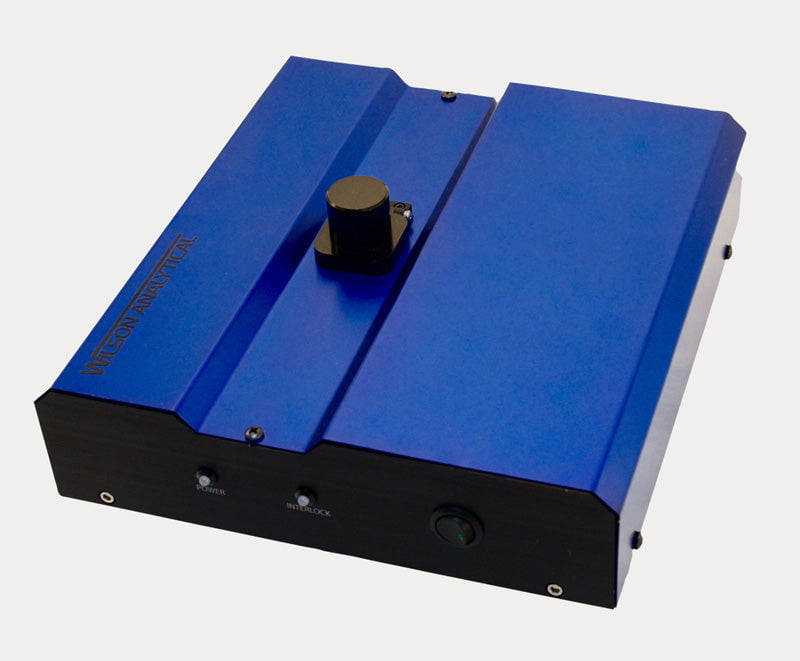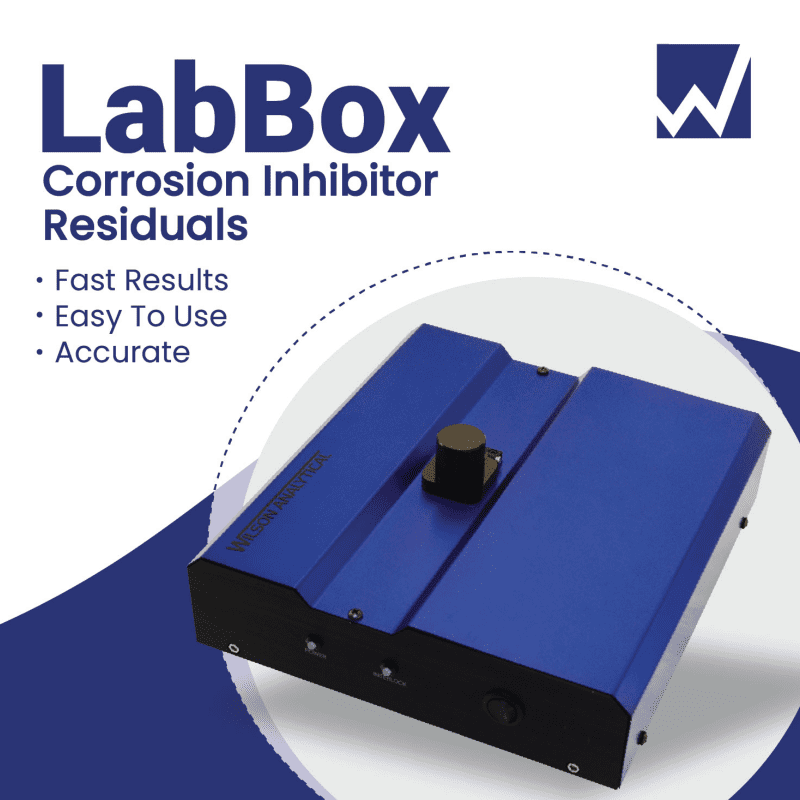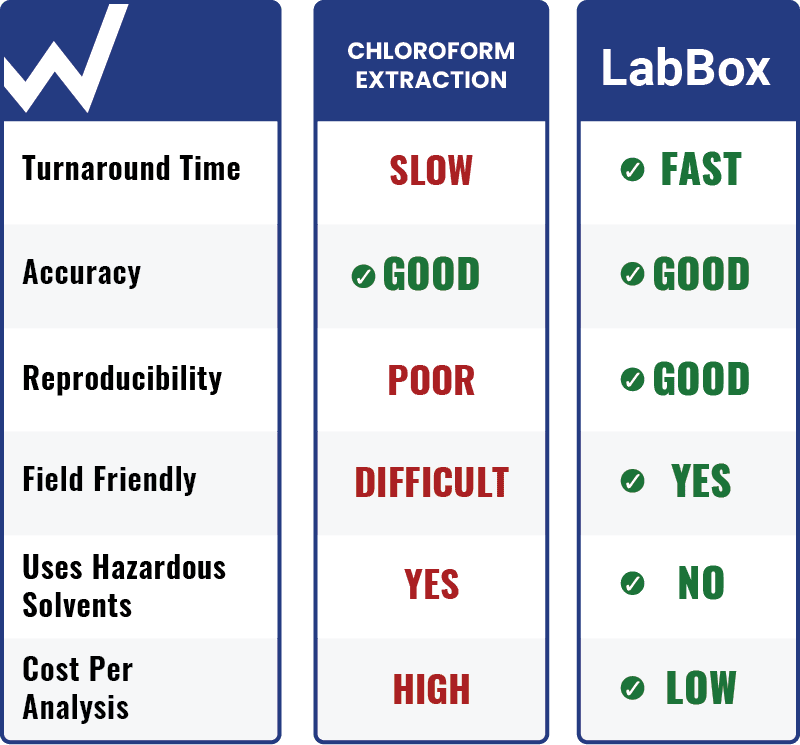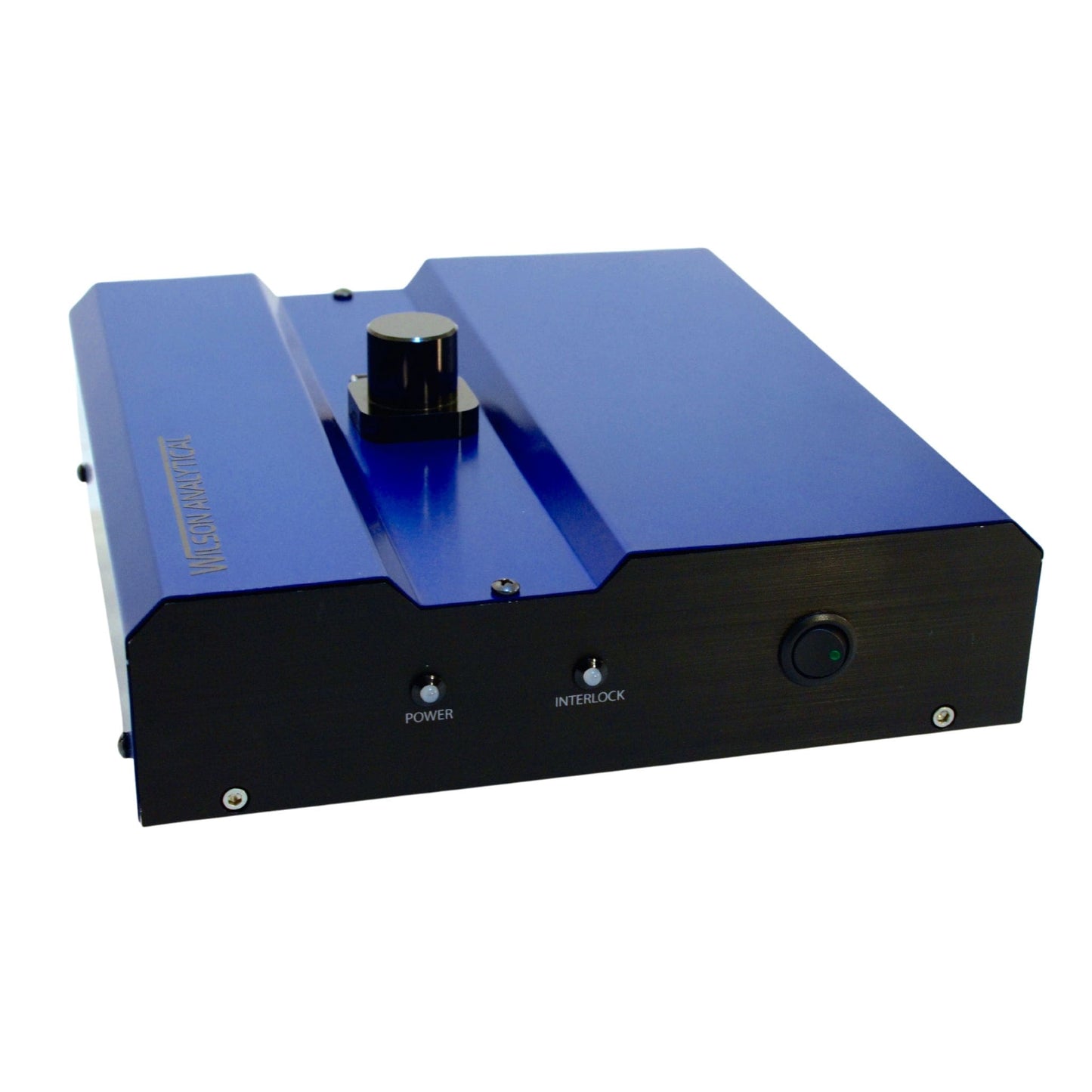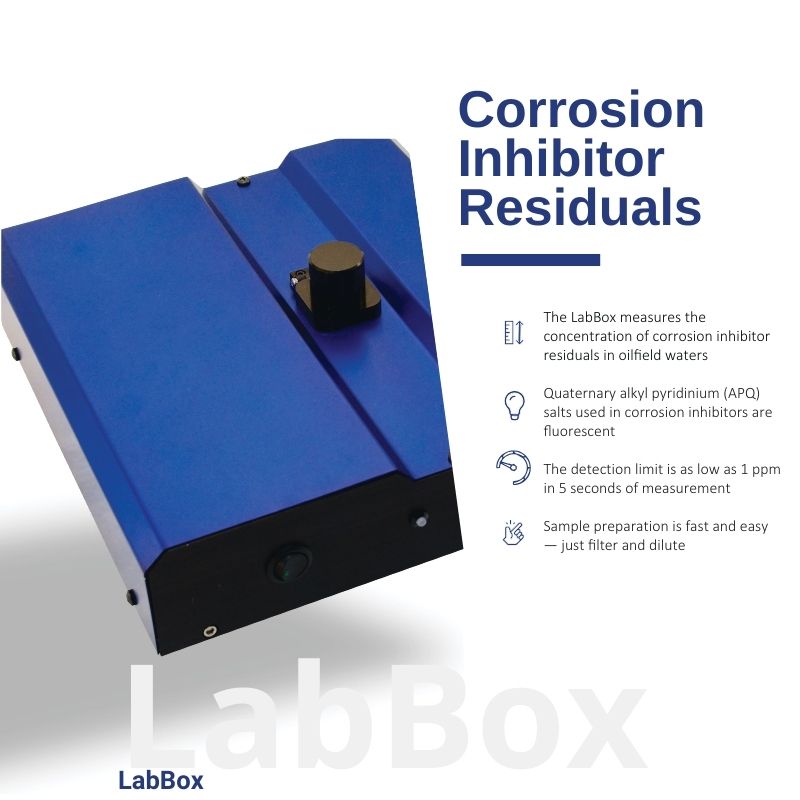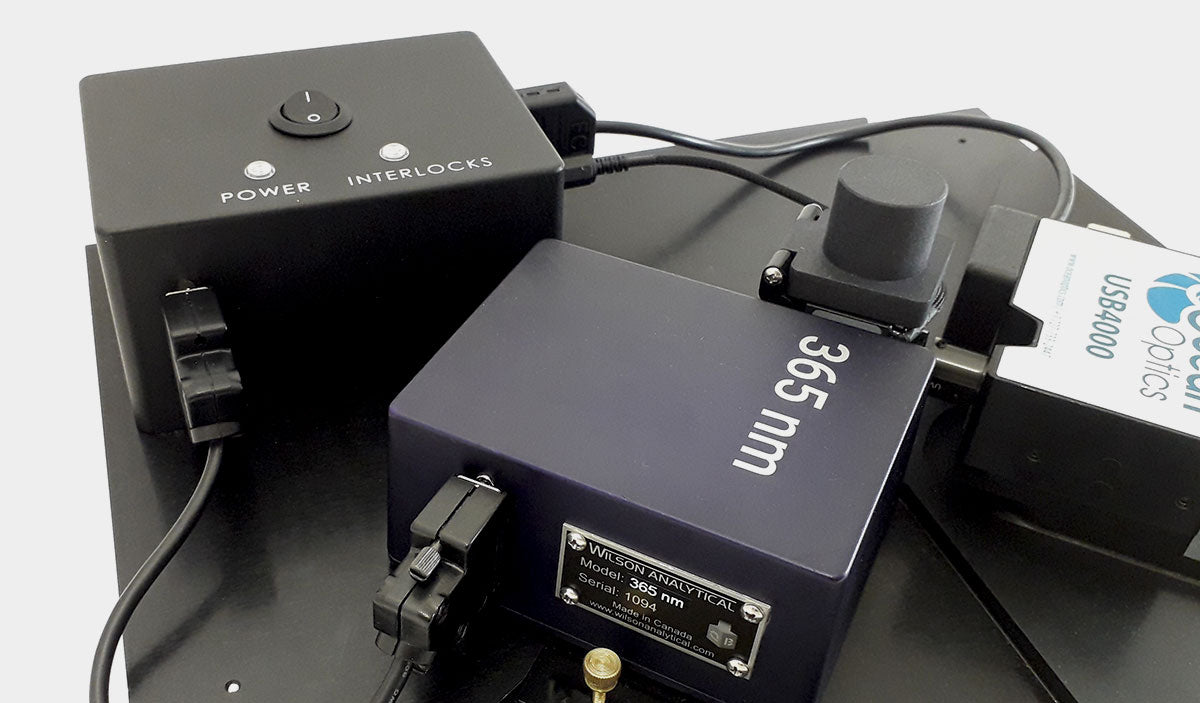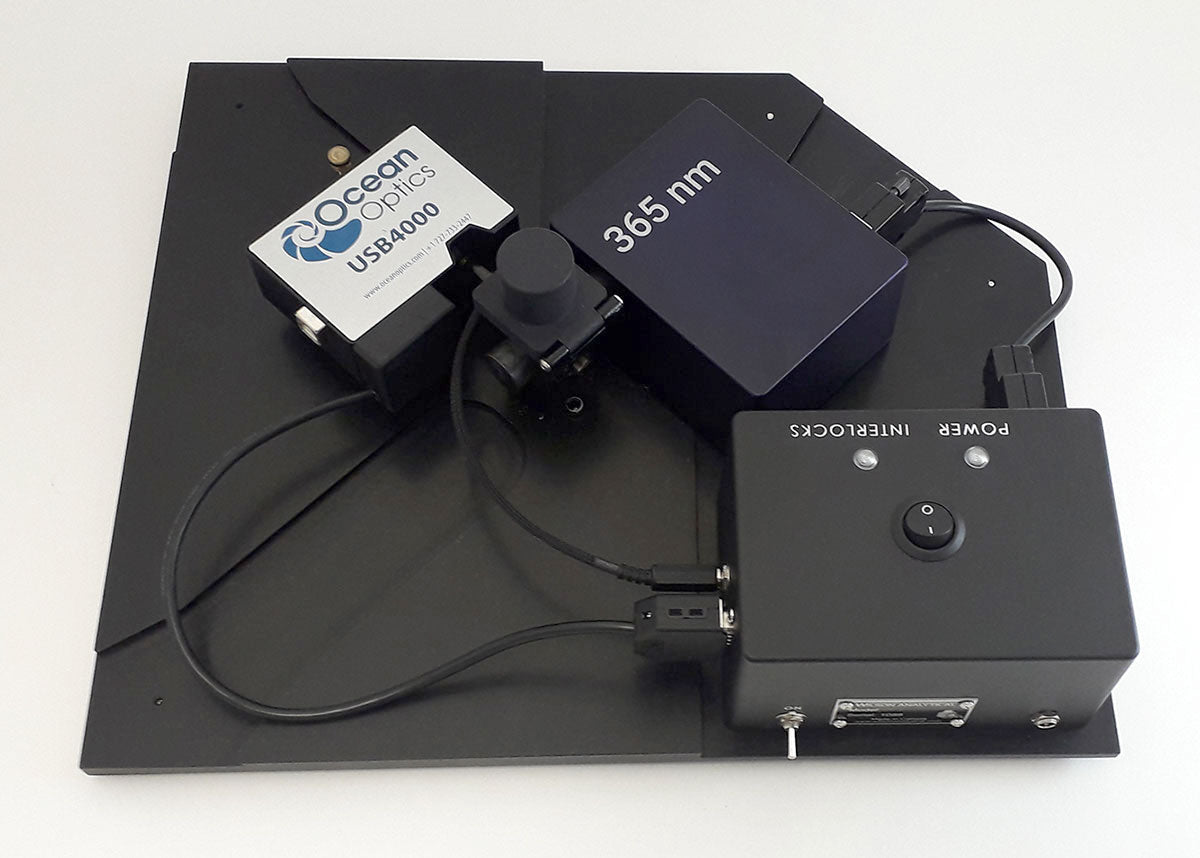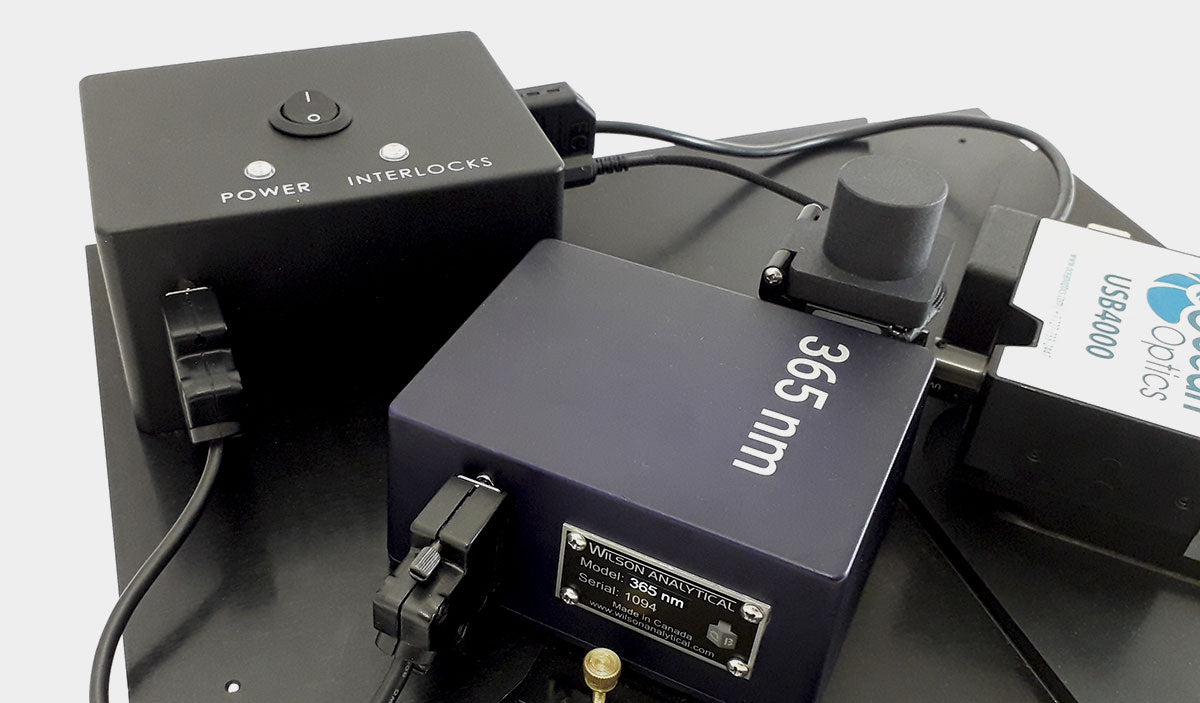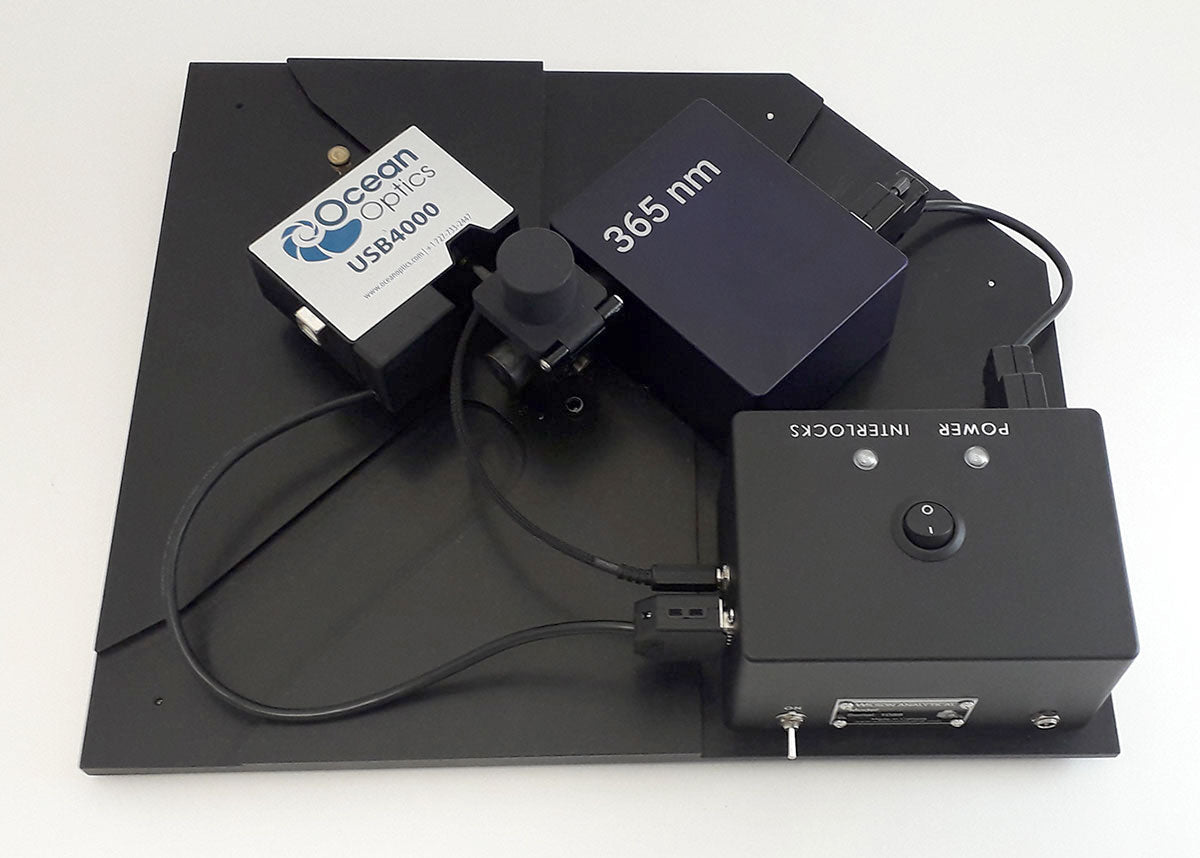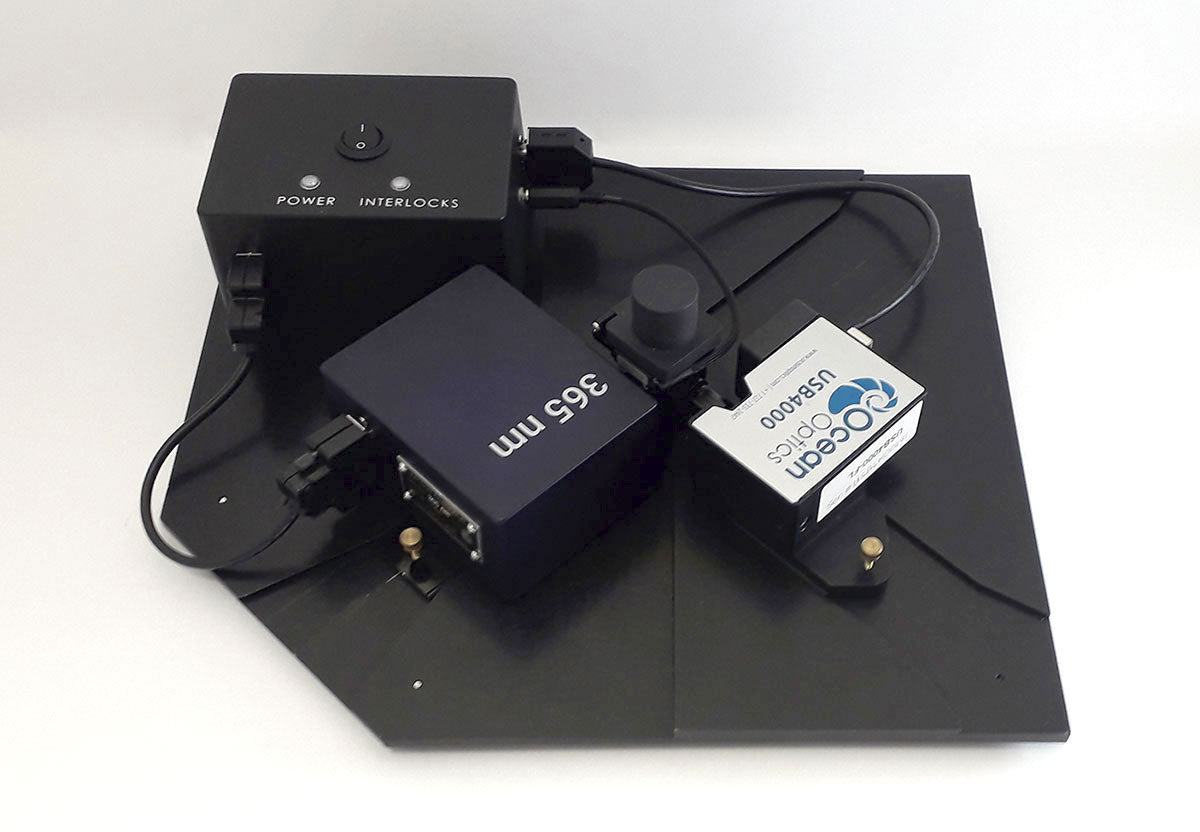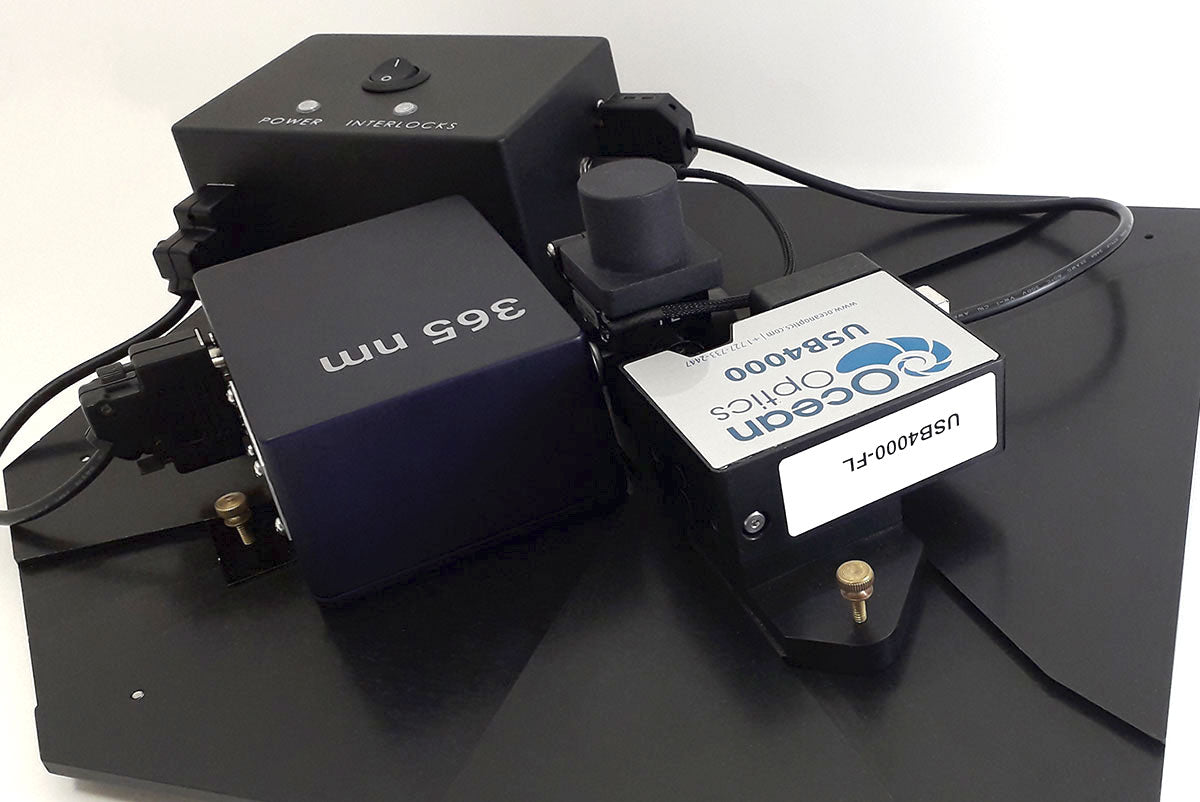Corrosion Inhibitors containing fluorescent Imidazoline
Corrosion inhibitors containing fluorescent imidazoline can be excited in the UV to emit in the visible. Wilson’s instrumentation can thus be used to identify the presence and concentration of the fluorescent corrosion inhibitors. Using the LabBox, or Open Platform System (OPS) which allows for various configurations, measurements can be studied in a nearby lab allowing for more frequent measurement of CI Residuals.
